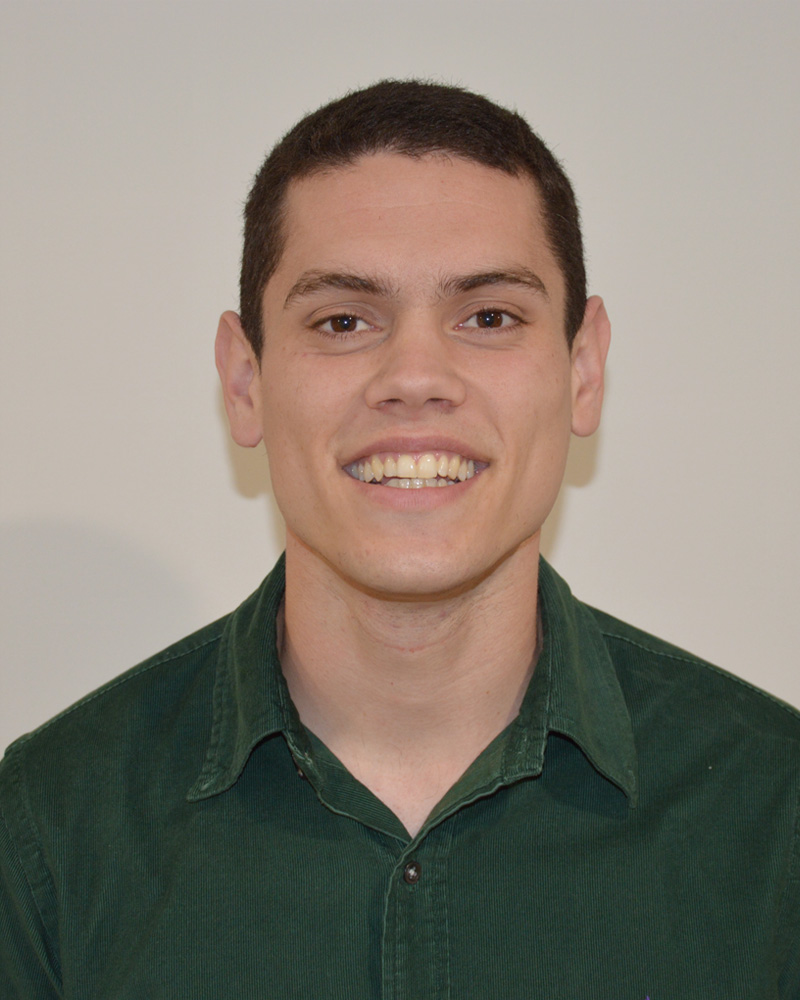Founded in the 1800s by Dr. Andrew Taylor Still, Osteopathy has been refined and developed over the years to what it is today. However, the principles that Still founded osteopathy on have not changed as these remain central to the profession still today. These four principles are:
1. The person is a single, unified unit composed of body, mind and spirit. 2. The body is capable of self-regulation, self-maintenance and self-healing.
3. The structure and function of the body are interrelated.
4. Osteopathic treatment is based on the rational application of the other three principles in the assessment, examination and treatment of the individual.
In the first principle, we consider all elements of the injury and what the cause could be. We don’t necessarily just focus on one area of the body, but any possible areas that may be affecting the pain or movement.
For example, this has been highly beneficial in my own sporting journey and recovery. A few years ago, I was struggling with a knee injury. Despite the work put in to rehabilitate it, the injury wasn’t healing. After seeing an osteopath, it was found that the issue was actually stemming from my ankle. With this knowledge I was able to implement the right exercises and treatment for a full recovery.
The way our body functions is quite remarkable! This is what the second principle focuses on. We all know that the body is capable of healing itself, however this can be a painful and timely process. The aim of an Osteopath is to work alongside the body through targeted strengthening and mobility exercises, relieving inflammation and muscular tension to achieve a full recovery faster.
There are a few similarities between the first and third principles. However, the third principle assesses what structural issues are impacting the function of the body. For example, a tight hamstring is going to inhibit activity such as running or movement of your knee.
Bringing all these principles together are essential to osteopathic treatment and how we approach all consults!
In a general sense we are very hands-on, and use many different techniques to decrease your pain and stiffness as well as increase mobility. This can include manipulations (cracking), massaging, articulations and various other techniques. It is also important to note that manipulations are not ‘essential’ to treatment and if you are uncomfortable with them similar benefits can be achieved through other avenues!
I hope this provides you with a glimpse of what an osteopath does and if it could help you! I would love to show you how this practically looks for you and answer any more questions you might have in person!
